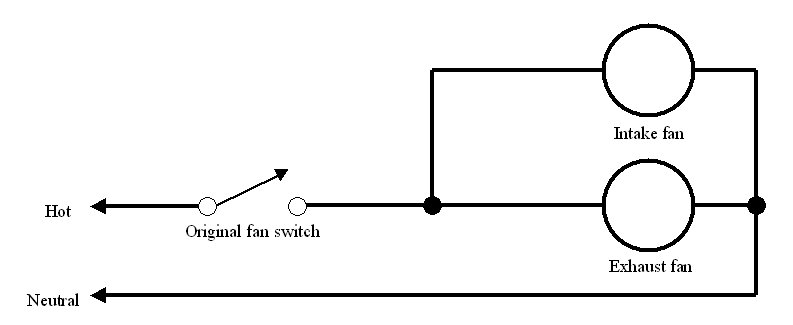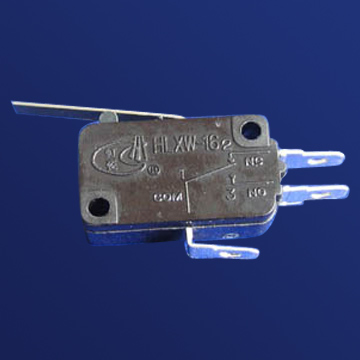Thoughts please. I have a definite purpose contactor that I intend to install, the coil will be energized and the contacts "made" indefinetly until an Ansul switch calls for them to be opened.
(suppression system activated). Will this indefinite holding of the coil cause this to wear out quicker than if it were to let's say be energized for only10-12 hours.a day.The actual load thru the contacts would be 10-12 hrs a day.Thanks
(suppression system activated). Will this indefinite holding of the coil cause this to wear out quicker than if it were to let's say be energized for only10-12 hours.a day.The actual load thru the contacts would be 10-12 hrs a day.Thanks









